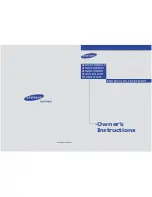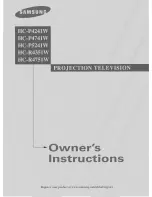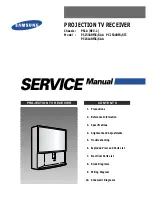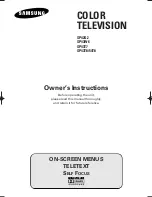
1.3 Characteristics
29
7SD5 Manual
C53000-G1176-C169-1
Teleprotection
Supplement
(optional)
• Different procedures settable
• Permissive Underreach Transfer Trip = PUTT (via a separately settable overreach
zone)
• Comparison schemes (Permissive Overreach Transfer Trip = POTT or blocking
schemes, with separate overreach zone)
• Pilot wire comparison/reverse interlocking (with DC voltage for local connections or
extremely short lines)
• Suitable for lines with two or three ends
• Phase segregated transmission possible in lines with two ends
• Signal exchange between devices via binary outputs and binary inputs, either di-
rectly via device contacts or through the protection data interface(s)
Earth Fault
Protection
(optional)
• Time overcurrent protection with maximally three definite time stages (DT) and one
inverse time stage (IDMT) for high resistance earth faults in earthed systems
• For inverse-time overcurrent protection a selection from various characteristics
based on several standards is possible
• The inverse time stage can also be set as fourth definite time stage
• High sensitivity (depending on the version from 3 mA)
• Phase current restraint against error currents during current transformer saturation
• Second harmonic inrush restraint
• Optionally earth fault protection with zero sequence voltage tripping time or inverse
time tripping
• Each stage can be set to be non-directional or directional in the forward or reverse
direction
• Single-pole tripping enabled by integrated phase selector
• Direction determination with zero sequence system quantities (
I
0
, U
0
), with zero se-
quence current and transformer star-point current (
I
0
,
I
Y
), with negative sequence
system quantities (
I
2
, U
2
) or with zero sequence power (3
I
0
· 3U
0
)
• One or more stages may function in conjunction with a teleprotection scheme; also
suited for lines with three ends
• Instantaneous tripping by any stage when switching onto a fault
Tripping at Line
Ends with no or
Weak Infeed (op-
tional)
• Possible in conjunction with teleprotection schemes
• Allows fast tripping at both line ends, even if there is no or only weak infeed avail-
able at one line end
• Phase segregated tripping and single-pole automatic reclosure (version with single-
pole tripping)
External Direct and
Remote Tripping
• Tripping at the local line end from an external device via a binary input
• Tripping of the remote line end by internal protection functions or an external device
via a binary input (with teleprotection)
www
. ElectricalPartManuals
. com
















































